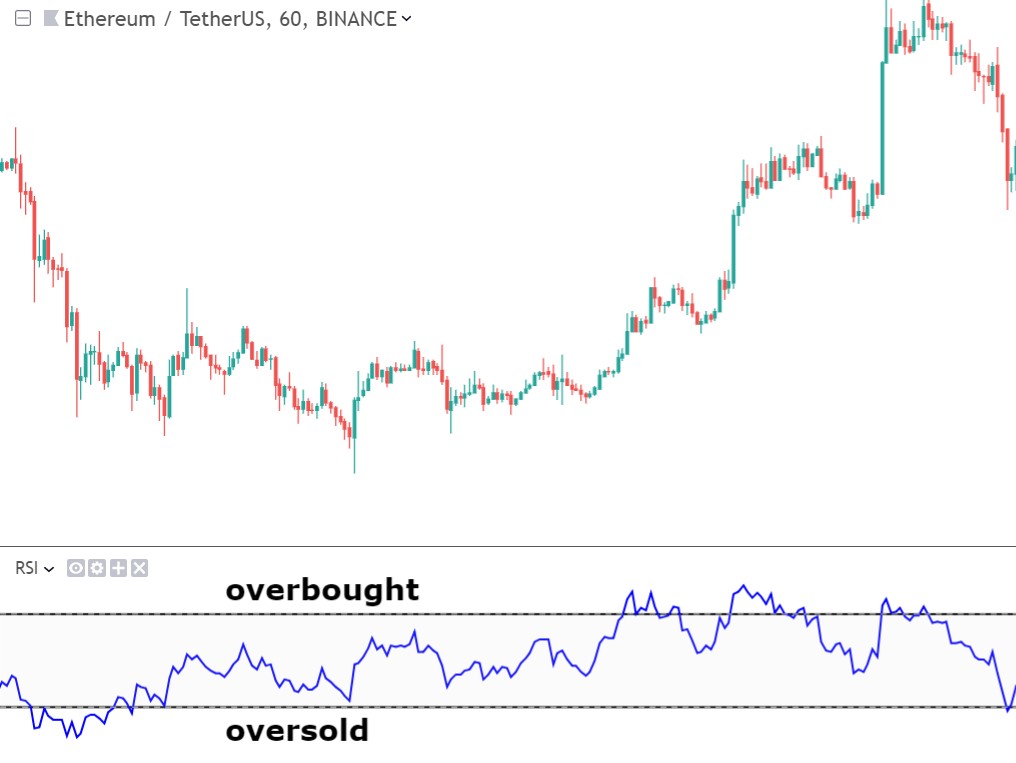Introduction
In the dynamic world of forex trading, where currencies are constantly fluctuating against each other, understanding the concept of overbought and oversold positions is crucial for success. Identifying these extremities can provide valuable insights into potential market reversals, allowing traders to make informed decisions and optimize their strategies.

Image: www.forexmt4indicators.com
An overbought condition occurs when the price of a currency pair has risen sharply over a short period of time, reaching a level where it is considered to be overvalued. Conversely, an oversold condition exists when the price of a currency pair has fallen significantly, indicating an undervalued state. Traders closely monitor these conditions to anticipate potential market corrections or reversals, aiming to capitalize on favorable trading opportunities.
Understanding Overbought and Oversold Positions
Overbought and oversold positions are commonly identified using technical indicators such as the Relative Strength Index (RSI), the Stochastic Oscillator, and Bollinger Bands. These indicators analyze price movement and momentum to gauge the market’s current sentiment and potential oversold and overbought areas.
- RSI: The RSI measures the velocity and magnitude of price movements, and it ranges from 0 to 100. An RSI value above 70 indicates an overbought condition, while a reading below 30 suggests an oversold market.
- Stochastic Oscillator: This indicator also assesses price momentum within a specific range and fluctuates between 0 and 100. Overbought and oversold conditions are commonly identified when the oscillator is above 80 and below 20, respectively.
- Bollinger Bands: Bollinger Bands consist of three lines: an upper band, a lower band, and a middle band (which is typically a moving average). When the price touches or exceeds the upper Bollinger Band, it may indicate an overbought condition, while touching or falling below the lower band may signal an oversold market.
Identifying Trading Opportunities
Traders often use overbought and oversold conditions to pinpoint potential entry and exit points for trades. By combining technical analysis with fundamental analysis, it is possible to identify favorable market opportunities with higher probability.
- Overbought Conditions: When a currency pair reaches an overbought level, traders may anticipate a price correction or reversal. Potential strategies include entering short positions, aiming to sell high and buy low when the price corrects.
- Oversold Conditions: Conversely, when a currency pair becomes oversold, traders may expect a potential price bounce or a rally. Opportunities may arise to enter long positions, buying at low prices and selling at higher levels once the price recovers.
Risks and Considerations
It is important to note that overbought and oversold conditions do not guarantee future price reversals. Market conditions can change rapidly, and other factors such as economic data, geopolitical events, or central bank decisions can influence price movements.
Traders should proceed with caution when relying solely on overbought and oversold indicators. It is advisable to use multiple indicators and exercise proper risk management strategies such as setting stop-loss orders and limiting trade sizes.

Image: tradingcryptocourse.com
Overbought And Oversold Positions By Forex Dealers
Conclusion
Understanding and recognizing overbought and oversold positions in forex trading is an invaluable skill for both seasoned traders and aspiring market participants. By utilizing technical indicators and interpreting the market’s sentiment, traders can identify potential opportunities to capitalize on price corrections and reversals. However, it is crucial to approach trading with a strategic mindset, considering multiple factors and implementing sound risk management measures to maximize potential returns while mitigating risks.






